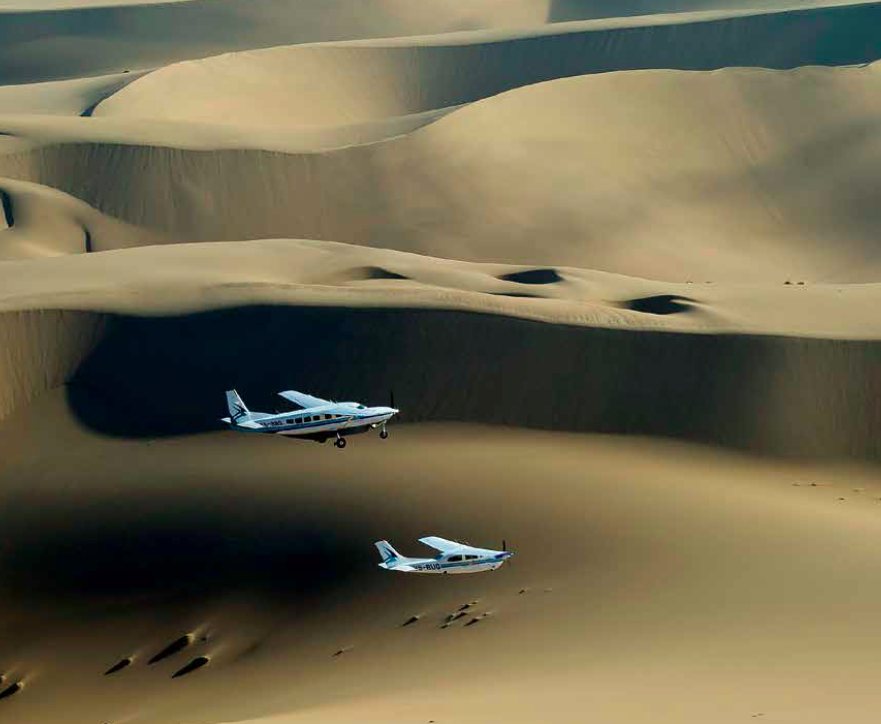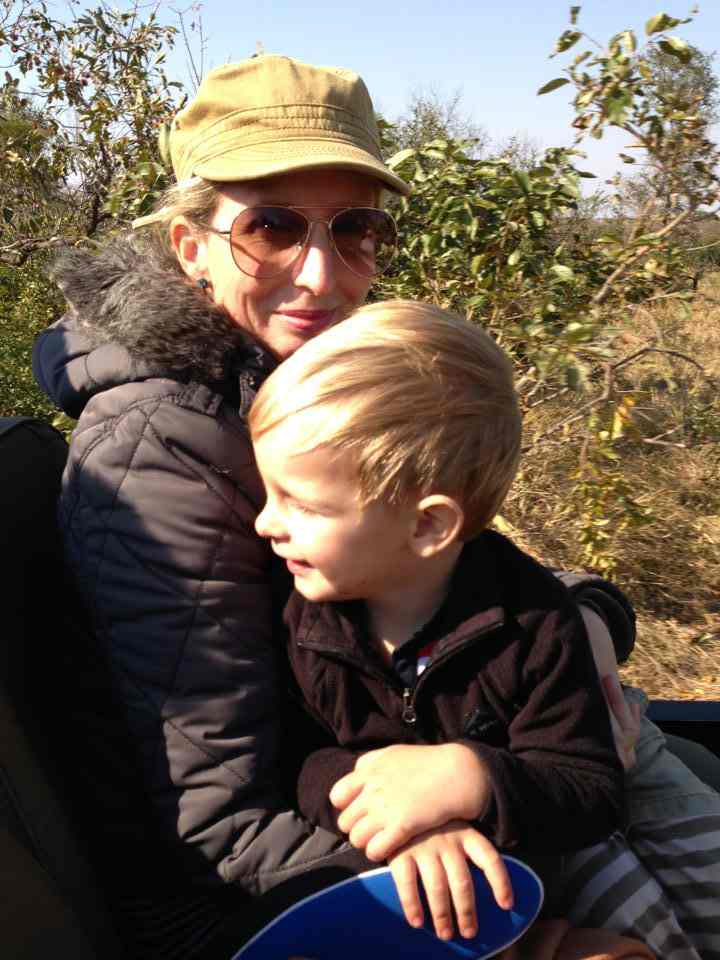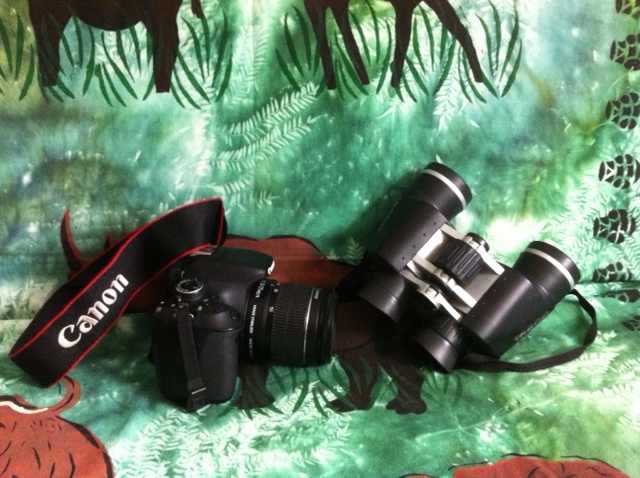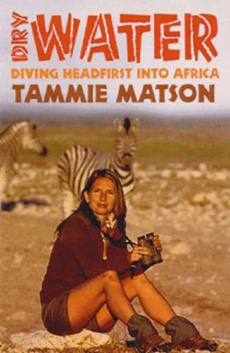So you’re off on the safari of a lifetime… You’ve been dreaming of this for years and the last thing you want to do is end up out in the middle of the bush without everything you need to optimise your African experience… If this is you, then this is the blog for you.

Elephants in the Okavango Delta, one of my favourite safari destinations (Photo: Wilderness Safaris)
1) The first rule of packing for Africa is to pack light. Take the bare essentials with you (within reason, of course) because most light aircrafts only allow limited luggage, rarely more than 20kg (most Wilderness Safaris flights in southern Africa) and often less (15kg for Safarilink flights in Kenya). Plus, you don’t want to be lugging that mammoth bag around with you any more than you have to.

Light aircrafts like this will transfer you between camps. They usually have baggage weight restrictions of 15 or 20kg. (Photo: Wilderness Safaris)
2) A good camera. I use a Canon SLR 600D with two lenses – an 18-55mm for people shots and a 300mm for wildlife. A 400mm would be even better, depending on where you are (though in places like the Okavango Delta, you’re unlikely to need this as you can get very close to the wildlife). I’m no camera pro but I’ve used my Canon for magazine quality photos and video footage for years, and it’s perfect for the bush. A small tripod (highlight small) is handy to have with you, though I find I rarely have time to set it up at the right moments, so a steady hand is even better or a small pouch you can rest your camera on. Make sure you tell your guide to turn off the Land Rover so you don’t get Landy-vibration effects on your shots. Take a charger, spare battery, lens cleaner, and camera lens cover (we’re always losing them) – and make sure you’ve got enough gigs on your camera card to take a few hundred photos minimum.
3) Binoculars. These are worth investing in to get a much better view of the fresh impala blood on the furry face of that hyaena you’ve been following since dawn, or to really see the intricate details of a Bateleur eagle roosting on a tree near your camp… We have a pair of Bushnell 16 x 50 and Tasco 8 x 40. Two pairs because Andy and I both want them at the same time!
4) The right clothes. There’s a reason why I slip back into khaki when I’m in the bush in Africa (though truth be told, I have a fetish for wearing it in the city too) – it’s practical. You need to wear clothes that blend you into the bush so you don’t stand out and scare off the animals. Avoid bright whites, reds and anything loud. Depending what time of year you’re going to Africa and where, chances are you might need both light cooler clothes for the day time and warmer clothes for night. In places like Namibia, it’s not uncommon for the temperature to drop from 40 degrees C in the day time to close to zero at night. A wind breaking jacket is a must for early morning and late afternoon game drives. You’ll probably need a warm jumper under that too. You’ll be amazed at how cold it can get in the back of an open Land Rover when the wind is hitting you full force, even if it’s been a warm day. So always pack some warm gear as well as day wear, but do check what the weather’s likely to be like where you’re going as across Africa as it varies enormously. I recommend long pants with collared shirts in bush colours (khaki, green, brown) for general day wear, as the long pants and sleeves can help keep the mosquitoes at bay (and the sun too). Ladies, I always bring along some nice scarves that can dress up the khaki look over dinner at the rather fancy safari camps I visit on my safaris. It’s worth having a few little things like this in your bag so you can ‘dress up’ a little for the evenings by the campfire. But don’t bring any expensive jewellery with you to Africa, as it’s important to remember that you are visiting areas where the annual income of the locals is much much lower than anything you’ve experienced lately.

Good sunglasses help keep the wind, sun & insects out of your eyes. A hat is a good idea for the sun too. And I always take a wind breaker jacket to Africa, even in summer, as it can get very cold in open vehicles near sunset and sunrise.
5) A basic first aid kit. Most safari camps will have first aid kits with most things you’ll need, but I always take a small bag with the basics in it – panadol, band aids, antiseptic lotion, that sort of thing. Obviously it’s up to you to bring any prescribed medicines that you need – and that probably includes malaria prophylactics.
6) Sun glasses. These are not just for Africa’s scorching sun, but also helpful to keep the wind (and occasionally insects) out of your eyes in the open game viewing vehicles.
7) Travel Insurance. Don’t travel to Africa without it. It costs around $150 for a week or so and it’s worth every cent just in case something goes wrong. Actually it’s a condition of travel for most African safari companies that you have this, including mine.
8) Comfortable, closed in hiking boots. I’ve had my unbreakable pair of Scarpas for about 15 years (no kidding – they have covered some territory) but on my next trip to Africa I’ll be wearing my new Blundstones. They’re light, easy to get on and off, and they protect your feet from rocks, snakes and other critters.

Blundstones are what I’ll be wearing on my next safari, but any comfortable, hiking boots will do the job.
9) Sunscreen & hat. For obvious reasons. Africa’s sun is merciless.
10) Your sense of humour. Seriously. You know the African saying “make a plan”? Well it was created because in Africa things can and do go wrong all the time. Cars break down. Flights get delayed. It’s rarely a train smash, but you really do need a sense of humour, an open mind and a sense of adventure to get the most out of Africa. You never really know what’s going to happen in the next moment, and therein is where the fun truly lies.

In the tough conditions of the African bush, vehicles are tested to their limits. Your best self defence in a break down situation – smile 🙂
Have I missed something? Leave me a comment here if you know any essential items that are handy to have on safari in Africa!




Thanks for all the information given by the blogger is for what to take during an adventure in Africa like less luggage, taking jacket because at climbing into the bushes it becomes cold weather temperature.
In all the pictures shown above it tells us While going to Africa for adventure we should carry less luggage, and keep a jacket because of cool climate at sunrise and sunset and cool sunglasses for sunlight. keep all arrangements while travelling in jeep to avoid a breakdown of the vehicle.
Top idea about the sundowner Andrew!
First thing to do if the vehicle breaks down- bring the sundowner forward and have a beer!
On my list I would add a Swiss Army knife (beer caps are not twist off in Africa!), small but powerful torch / head torch (beers can be hard to find in the dark), insect repellant, a small notebook and Tony Parks latest book.
The invaluable bird book (or app) is my one essential (together with binos) – have you seen the Roberts Birds of Southern Africa App? It is simply stunning. Tree and wildlife field guides also a must.
Thanks Mary! When are you next in Africa?
Tammie, that was an excellent list of must takes to Africa…I loved it and I loved that I got a laugh out of it as well …and good to have for my next trip there!